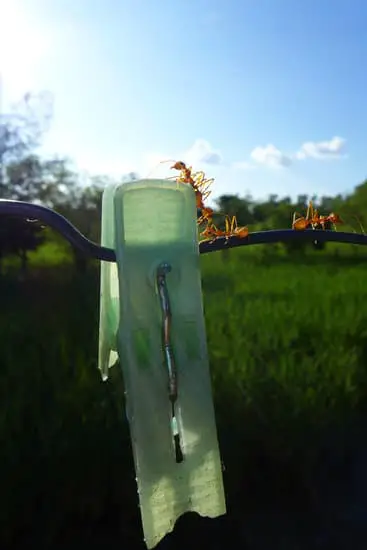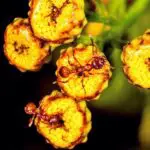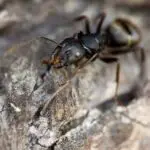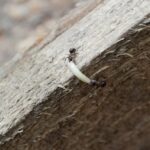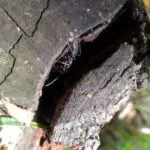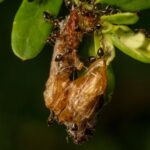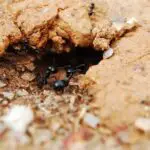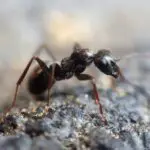How Do Ants Have Babies?
During their life, ants go through a complete metamorphosis. This process takes several weeks to months. It resembles that of a butterfly cocoon.
The development of the ant is mainly controlled by the queen. The queen is the mother of all the ants in the colony. Her life span is eight to 27 years. When she is young, she is programmed to start new colonies.
When she reaches a certain age, she begins laying eggs. These eggs are oval-shaped and white. They are 0.5 mm in diameter. They are smooth and sticky. They can easily be transported by workers.
The worker ants will protect the eggs. They will also collect food for the colony. They also feed the queen. In the second generation, the worker ants will feed the larvae.
They will also help the larvae to develop. Some ants even pierce the skin of the baby ant to collect the nutrients. They also pinch the rear ends of the baby ant to suck up anal droplets.
Some of the ants also use the larvae to soften food. The larvae also drool digestive fluids onto the food. The food that is softened by the larvae is then ingested by the adult ants. This helps the colony to get a bigger food supply.
The queen lays a lot of eggs in her lifetime. These eggs are larger than the worker eggs. She can lay millions of eggs in her lifetime.
The queen’s wings are broken when she mates with the male ants. When the male ants mate with the queen, she becomes an egg laying machine.
